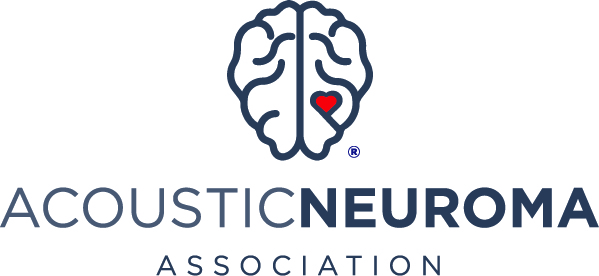Hey Philadelphia1,
From everything I've read (and I've done more research on this than my brother, who is a general surgeon at Jeff), the advantage of FSR is lower dosage over time. When Gamma Knife came about, people were treated with what turns out to be probably too much radiation. I teach Physics, Chemistry and Astronomy. While I'm not the smartest guy out there, I do know that Gamma is remarkably powerful stuff. Getting a major 'blast' has, according to studies, caused a greater number of side effects.
Breaking up the treatment into smaller doses should, the idea is, reduce those side effects. Radiation is a progressive thing: the more frequently you are exposed, the greater the impact. But, with FSR, the exposure to surrounding tissues should be greatly reduced.
Please note that even the most enthusiastic researchers and doctors, if they are being honest, will tell you that radiation treatment of AN's is still a relatively new science, and long-term data simply doesn't exist in the abundance surgical data does. Results so far are very promising, but time will be the true judge.
If you Google "AN Treatments" or "Vestibular Schwannoma Treatments", you'll get a pretty hefty list of results. The University of Pittsburgh has a pretty thorough database. They are a Gamma Knife center, so they lean that way a bit, but their studies are solid.
Just beware of sites that lead you to an individual doctor claiming near-perfect results; every AN treatment has inherent risks, and side effects are possible in the best of situations.
Good luck, and if you need some other info on Jefferson, please let me know. My brother is on his honeymoon at the moment, but he's promised to check out the FSR area, the rooms, and look into family and recovery housing options if that will be necessary.
We're stronger than we know!
Josh




